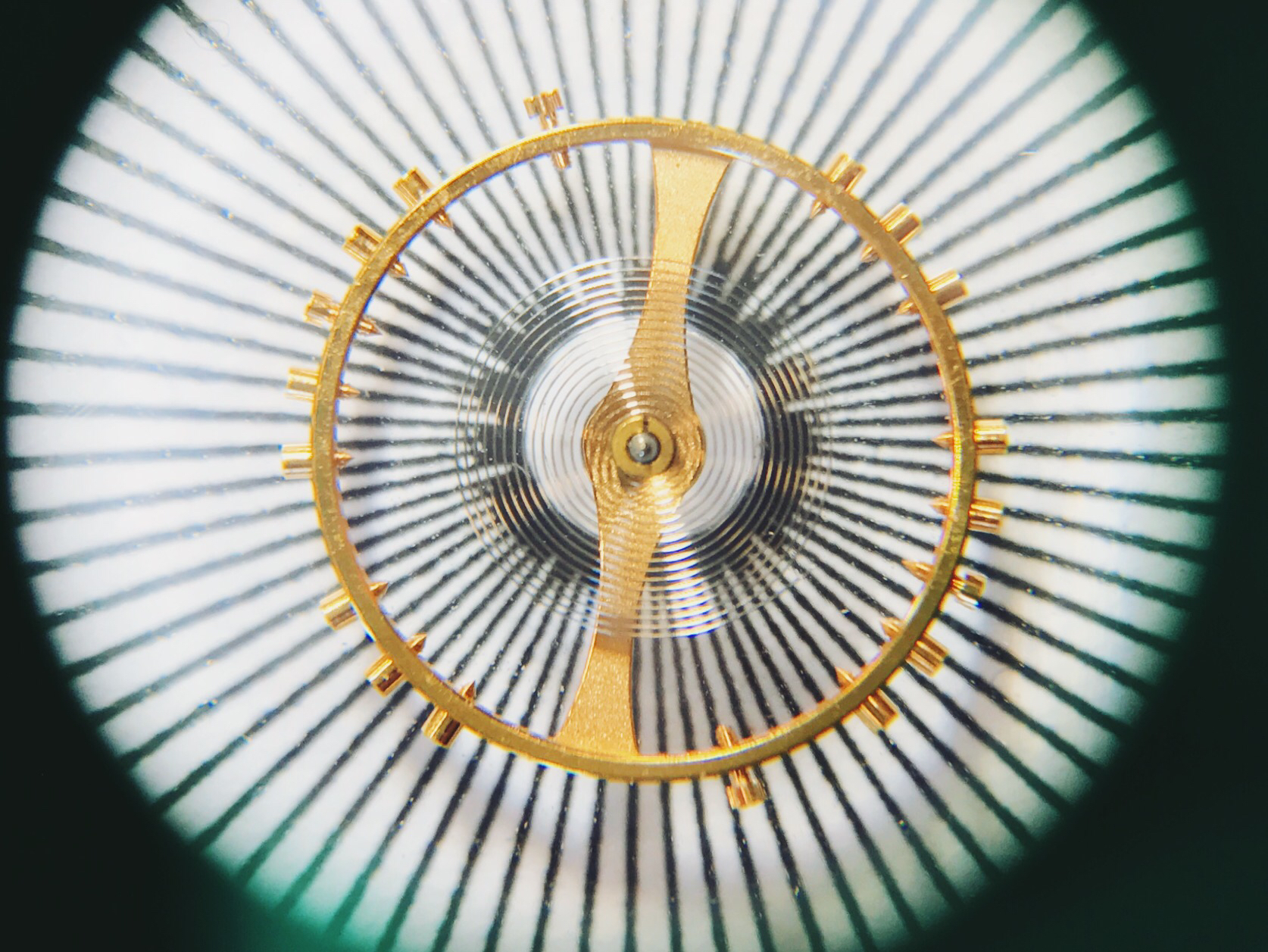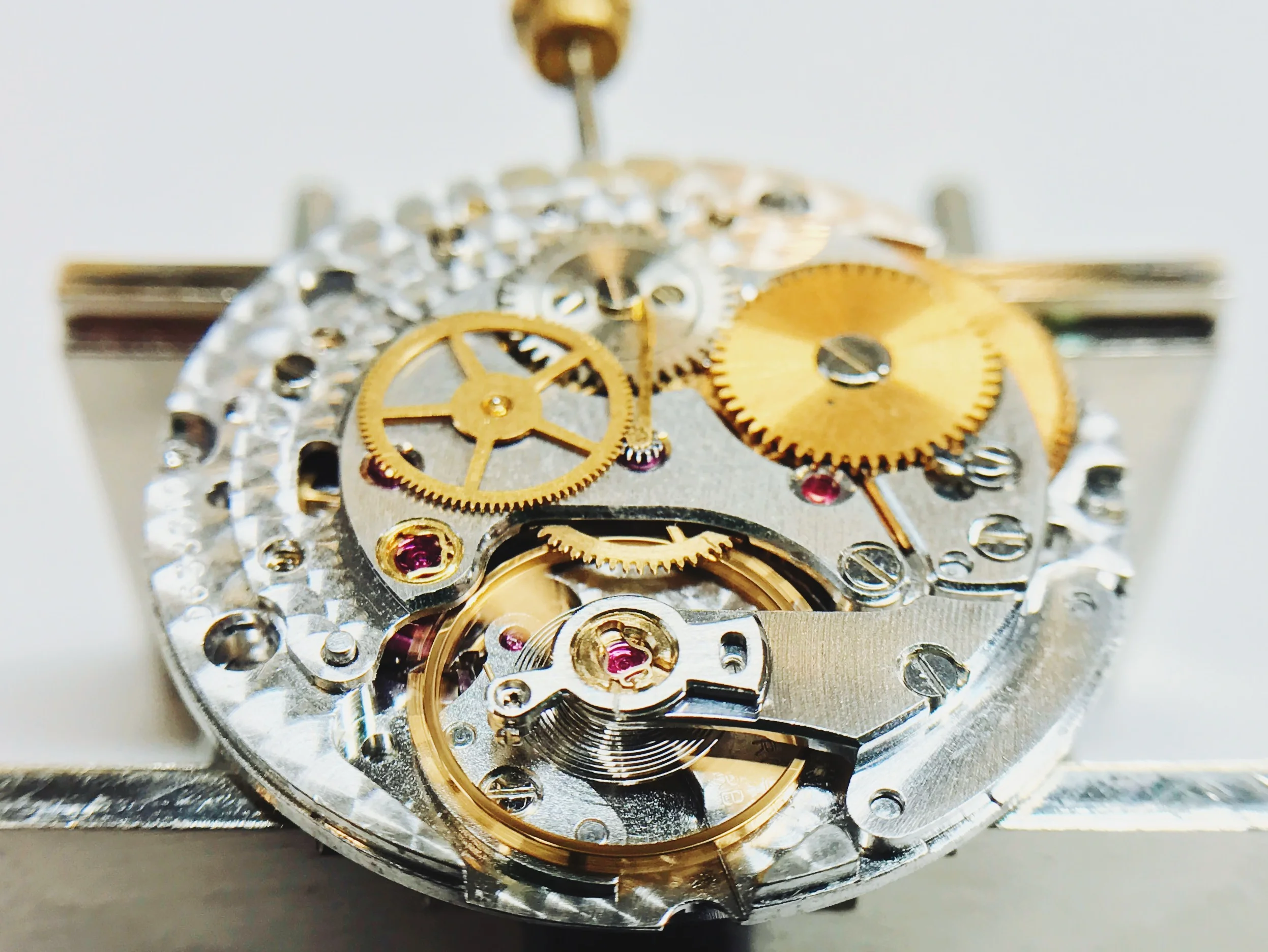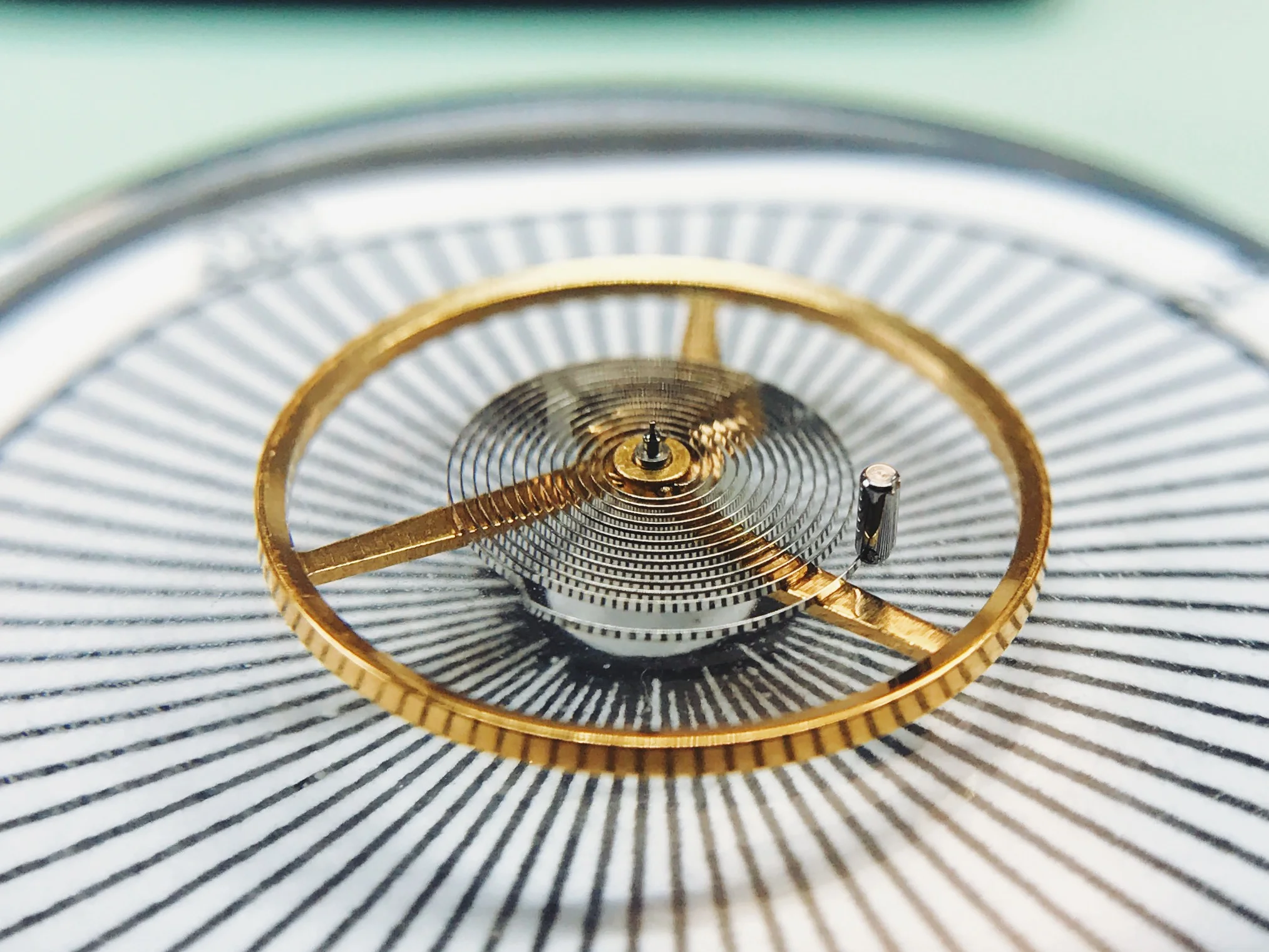Hairsprings: Overcoil

The biggest difference between watches and clocks, aside from their size, is the fact that watches are always moving. This modification will help to correct for that.
When a hairspring is flat, it "breathes" asymmetrically. The spring is pinned at the center and at the end, which will cause the spring to flex away from the outside pinning point. This is unavoidable with a flat hairspring, but there is a solution... A 200 year-old one.
Abraham-Louis Breguet is perhaps the most influential horologist of all time, and some of his innovations are only now being implemented, even though he thought of them in the 1700s. The overcoil has been around forever, but it's so effective that it hasn't been changed in centuries.
In essence, an overcoil wraps up over a hairspring and coils back towards the pivot. This allows the hairspring to expand and contract concentrically, allowing it to keep time equally, no matter how it's oriented on the wrist. Of course, bending it is complicated.
We're using a thinner hairspring for this exercise than the 6497, since that movement isn't set up for an overcoil. This means that the spring is easier to manipulate, but also that much easier to ruin. And oh, is it easy to ruin.
Overcoils require a series of vertical and horizontal bends, though only the vertical ones are complete in the header image. Forming these bends is extremely delicate, and requires greater care with our tweezers than ever.
This spring is calibrated for a Rolex 1575 movement. At the end of our program, we'll be forming these springs for the balance in our Geneva School Watch, which forms the capstone of the curriculum.
Watchmaking student at the Lititz Watch Technicum, formerly a radio and TV newswriter in Chicago.





